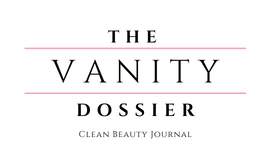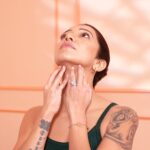
In our conversation with Apoorva Jayarajan, a dynamic individual with a passion for multi-disciplinary pursuits including yoga, pilates, nutrition, and fashion design, we embark on a journey to explore the profound impact of yoga on personal well-being. Apoorva shares insights into her diverse professional background, revealing how each discipline informs her approach to holistic wellness. Join us as we delve into the intersection of movement, mindfulness, nourishment, and style, offering valuable insights for seekers of balanced living.
Q. Share your personal journey into yoga and how it has shaped your expertise in Yoga
Apoorva: My journey into yoga began with a natural curiosity for movement, which evolved into an artistic expression. Sharing my practice on social media garnered attention, with fellow yogis appreciating the unique outdoor setting and unconventional approach. This encouragement pushed me to pursue formal yoga teacher training in 2019, seeking to enhance my communication skills and deepen my practice. Since completing my training, I’ve embarked on a continuous journey of learning and exploration, both as a teacher and a student. Yoga isn’t just about obtaining certificates; it’s about integrating its principles into everyday life. It’s about understanding how to adapt and grow with each challenge and opportunity. This holistic approach has enriched not only my teaching but also my personal practice, making it a fulfilling journey of self-discovery and growth that I continue to embrace every day.
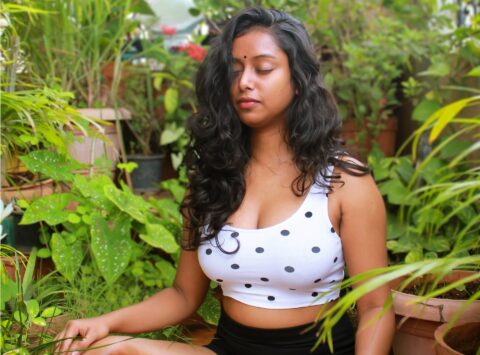
Q. What initially drew you to yoga, and how has your practice influenced your approach to training people?
Apoorva: As a designer by profession, I’ve pursued my passion for fashion separately. Designing is an art where ideas need effective communication, translating thoughts into the medium. Yoga, I believe, is also an art form, expressing movement. Dance and yoga complement each other, especially in traditional dance forms. Teaching and practicing both forms are mutually enriching. In yoga teacher training, the focus isn’t just on traditional modalities but also on effective teaching methods. It’s crucial to empathize with students, understanding their challenges and setbacks without pressuring them to perform. I’ve observed teachers often imposing undue pressure, urging students to achieve advanced poses. However, my teaching philosophy revolves around empathy, drawing from personal experiences to create an environment where both my needs and the students’ needs are respected, fostering awareness and connection in the practice.
Q. Could you suggest yoga breathing exercises or mindfulness techniques to reduce stress and promote emotional well being?
Apoorva: So, you know how babies and dogs just naturally breathe through their stomachs when they’re all chill and relaxed? It’s like the most natural thing when they’re sleeping. But, as we grow older, we kinda forget how to do that. We end up taking these shallow breaths up in our lungs, and that’s not cool. You see, deep belly breathing is essential. It’s like the stomach needs to expand, and if you’re not doing that, you’re missing out on the full benefits. Not only are you breathing wrong, but you’re inviting a bunch of health issues. It’s not just about breathing; it’s about being aware of how you breathe. Trust me, fixing these little things can seriously upgrade your life, not just physically, but mentally and emotionally too.
Q. Yoga emphasizes mindful awareness and inner well-being. Do you find this inner work has any outward reflection on skin health and appearance?
Apoorva: It’s not just about yoga, but any physical movement is crucial for your skin health. Our skin thrives when toxins are moving in and out. Sweating is a major channel for detoxification. In our comfy, air-conditioned lives, we rarely sweat enough. That’s where the gym, running, or even hot yoga come in. Sweating during any activity is like a detox for your skin. It’s not just about losing weight; it’s about letting those toxins out. I’ve heard this thing in yoga – after sweating, don’t rush for a shower; let the sweat settle. Strange, right? But there’s some wisdom in it. So, whatever your jam is – yoga, lifting, running – just make sure you sweat. It’s your skin’s way of doing its job. And hey, I get the gym struggle; I do evening walks too. It’s about finding what works for you.
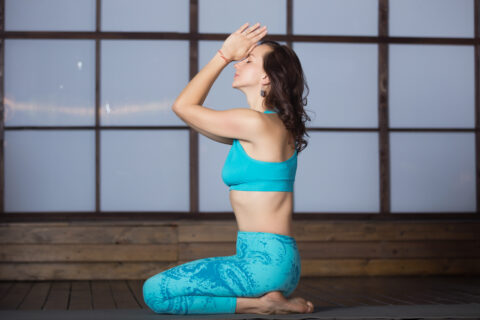
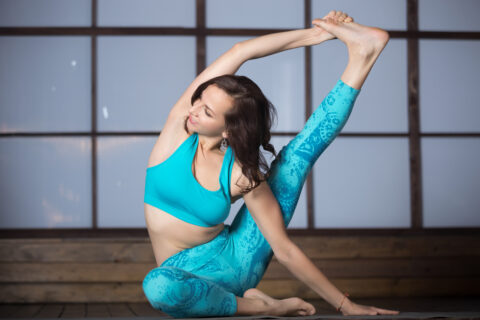
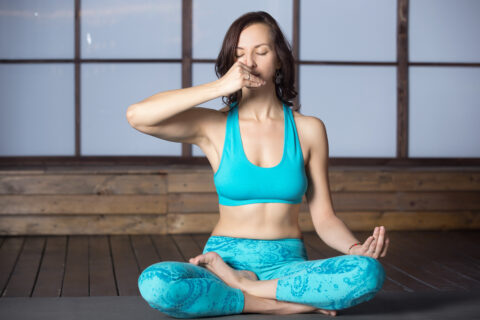
Q. What drew you to explore the connection between yoga and skin health? Have you personally experienced any benefits in this area?
Apoorva: I had great skin until I hit my tenth standard, but teenage acne became a struggle. It’s normal, but when it persisted past 25, I knew something was off. I was diagnosed with PCOD, like many girls today. Back then, health wasn’t a priority. Yoga entered my life out of curiosity, but within three months, I saw changes. In six months, transformation. It wasn’t just about clearer skin; it was inner contentment. I didn’t start yoga for superficial reasons, but its impact was undeniable. Maintaining it became essential. Proper skincare routines helped too, but yoga was the game-changer. It’s been five years, and my skin is clear. Yoga came at the right time, making a significant difference in my life.
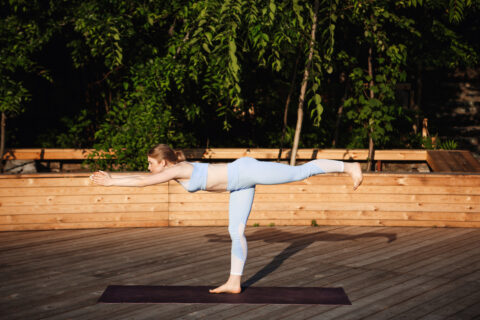
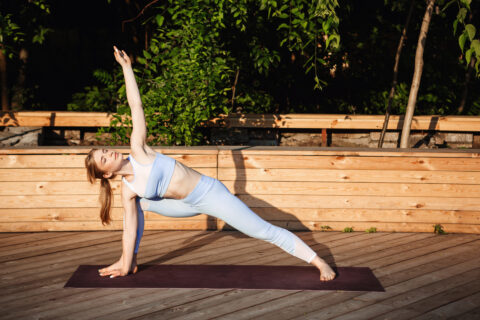
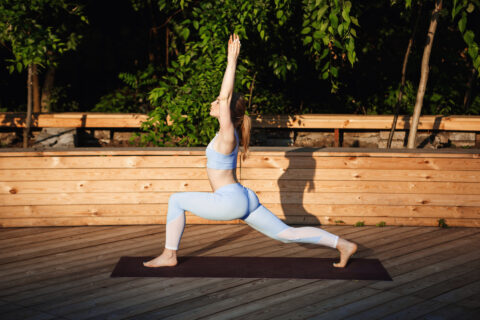
Q. Have you been able to cure or sustain your symptoms of PCOD ?
Apoorva: Absolutely, I remember those visits to the gynecologist every six months, feeling lost about my irregular cycles. It was frustrating how the questions seemed so routine, without addressing the root cause. Back then, there wasn’t much awareness about PCOD. It was just seen as a hormonal imbalance, but yoga changed that perspective for me. I realized that lifestyle played a significant role. It wasn’t just about being sexually active; it was about sleep, diet, exercise, and overall well-being. Yoga helped me understand and address these factors. Now, I advocate for early intervention and lifestyle changes, not just for girls but for everyone facing health issues. Yoga isn’t a cure-all, but it’s a powerful tool for managing PCOD and other lifestyle-related problems. It’s about taking proactive steps to prevent issues and maintain overall health. So yes, yoga played a crucial role in managing my PCOD, and I’m grateful for it.
Q. In your experience, what qualities or aspects of yoga practice make it a sustainable and enjoyable way to support healthy skin throughout life?
Apoorva: Yoga encompasses more than just the physical postures you see online. It’s about holistic well-being, including mental and emotional aspects. While yoga is a great starting point, it’s essential to complement it with other forms of movement like strength training, walking, or running. The key is to find what makes you happy and satisfied rather than chasing external goals. Pranayama, or breathing exercises, is a crucial aspect of yoga as it enhances awareness and optimizes bodily functions. By incorporating different forms of movement, you can improve not only your skin but also your overall health. Remember, progress may be slow, but it’s rewarding in the long run. Start small and gradually build up to bigger goals.
